FintechZoom.com Best Air Purifier: Top Picks for Clean Air

What is an Air Purifier?
An air purifier is a machine that cleans the air and keeps you protected from dust particles. It takes out nasty stuff like dust, pollen, and smoke. This makes the air healthier to breathe. Air purifiers help people with allergies or asthma. They also keep homes fresh and safe. You can use them in bedrooms, living rooms, or offices.
How Do Air Purifiers Work?
Air purifiers pull in dirty air. They use filters to trap harmful particles. Then, they push out clean air. Here’s how they do it:
Key Parts of an Air Purifier
- HEPA Filters: Catch tiny bits like dust and pollen. They grab 99.97% of particles as small as 0.3 microns.
- Carbon Filters: Soak up smells like pet odors or cooking fumes.
- UV-C Light: Kills germs in some models, but not all models have this feature.
- Smart Sensors: Check air quality and adjust settings automatically.
What is CADR?
CADR means Clean Air Delivery Rate. It shows how fast a purifier cleans. Higher CADR means quicker cleaning. For example, a 200 sq. ft. room needs a CADR of at least 200.
Why You Need an Air Purifier
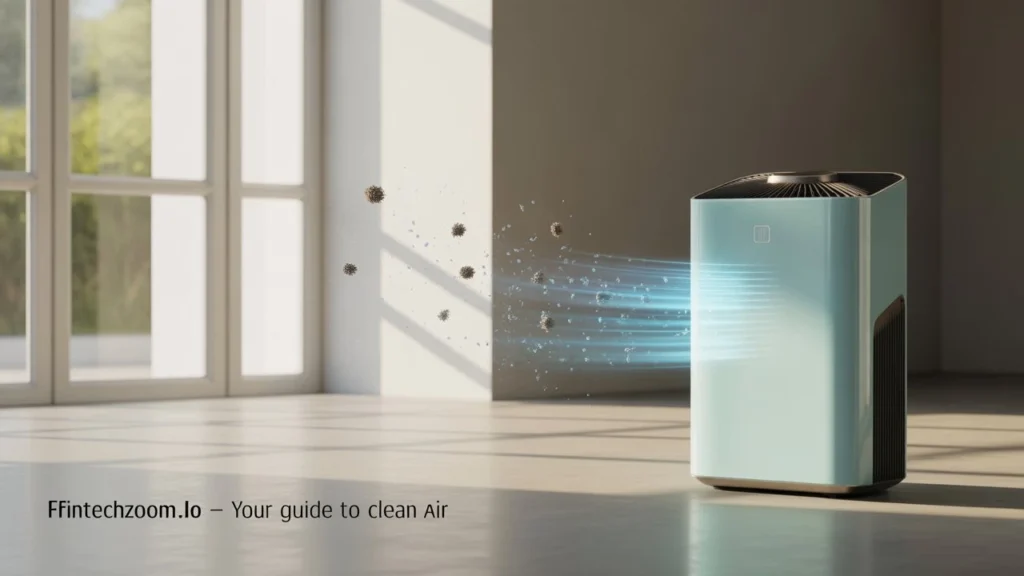
Clean air keeps you healthy. Indoor air can be dirtier than outside air. Dust, pet hair, and smoke can cause problems. Here’s why an air purifier helps:
Health Benefits
- Stops sneezing and coughing from allergies.
- Eases asthma symptoms.
- Cuts down on germs and viruses.
- Clears smoke from wildfires or cigarettes.
Modern Air Problems
- Wildfire Smoke: More fires in 2025 mean smoky air indoors.
- City Pollution: Dust and fumes sneak into homes.
- Post-COVID Safety: Clean air lowers germ risks.
Types of Air Purifiers
Different air purifiers work in various ways. Here are the main types:
HEPA Purifiers
- Best for allergies and asthma.
- Catch tiny particles like pollen and dust.
Carbon Purifiers
- Great for smells like pet odors or cooking.
- Soak up gases and chemicals.
UV-C Purifiers
- Kill germs and bacteria.
- Not all models have this.
Smart Purifiers
- Use apps or Alexa to control them.
- Check air quality in real time.
What to Look for in a Great Air Purifier
Picking the right air purifier can be easy. Check these things:
Filter Type
- True HEPA is best for allergies. It catches tiny stuff.
- Carbon filters clear smells and fumes.
Room Size
- Match the purifier to your room’s size. Check CADR for dust, pollen, and smoke.
- A small room needs a lower CADR than a big one.
Noise Level
- Quiet purifiers (under 30 decibels) are suitable for sleeping.
- Check if it has a sleep mode.
Energy Use
- Pick Energy Star models to save on power bills.
- Some use less electricity than others.
Smart Features
- Apps let you control the purifier from your phone.
- Sensors show air quality and adjust settings.
FintechZoom.com Top Air Purifiers
We studied lab tests and user reviews to find the best air purifiers for 2025. Here are our top picks:
1. Best Overall: Blueair Blue Pure 311i Max
- Room Size: Up to 3,873 sq. ft.
- Filters: HEPASilent and carbon
- Features: App control, voice commands, air quality display
- Noise: 23–50 decibels
- Price: ~$250
- Why It’s Great: Cleans the air fast. Super quiet. Works with Alexa. Great for most homes.
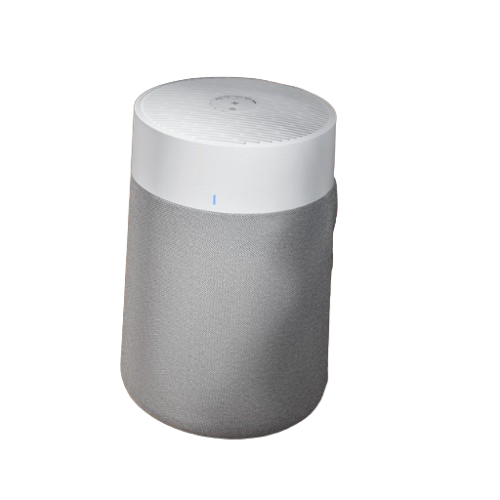
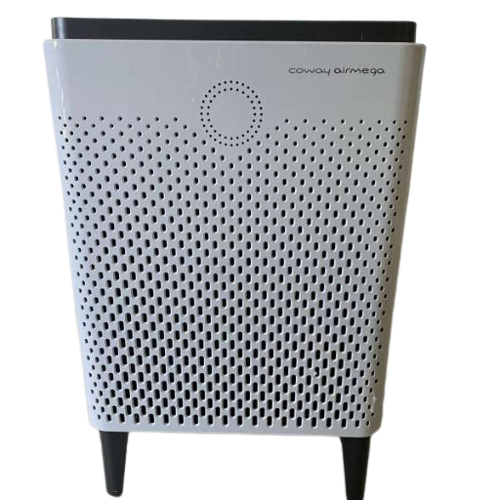
2. Best for Large Rooms: Coway Airmega 400
- Room Size: Up to 1,560 sq. ft.
- Filters: Dual True HEPA and carbon
- Features: Smart sensors, eco mode
- Noise: 22–52 decibels
- Price: ~$500
- Why It’s Great: Handles big spaces. Clears dust and smells. Saves energy.
3. Best Budget Pick: Levoit Core 300S
- Room Size: Up to 3,873 sq. ft.
- Filters: HEPASilent and carbon
- Features: App control, voice commands, air quality display
- Noise: 23–50 decibels
- Price: ~$250
- Why It’s Great: Cleans the air fast. Super quiet. Works with Alexa. Great for most homes.
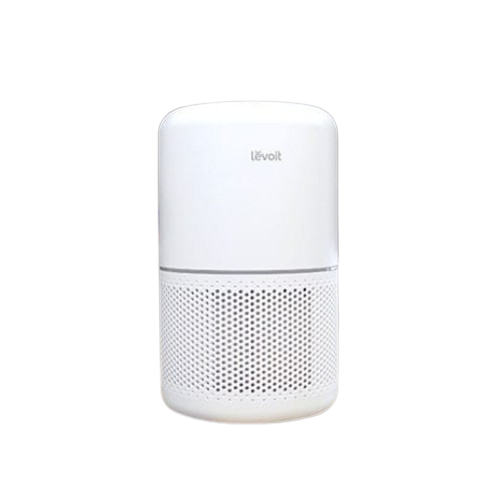

4. Best for Allergies: Rabbit Air A3
- Room Size: Up to 1,070 sq. ft.
- Filters: BioGS HEPA and custom carbon
- Features: Wall-mountable, mood lighting
- Noise: 20–50 decibels
- Price: ~$750
- Why It’s Great: Catches tiny allergy bits. Looks stylish. Very quiet.
5. Best for Nurseries: Dyson Pure Cool TP04
- Room Size: Up to 800 sq. ft.
- Filters: HEPA and carbon
- Features: Fan and purifier combo, app control
- Noise: 25–50 decibels
- Price: ~$550
- Why It’s Great: Safe for kids. Acts as a fan. Easy to use.
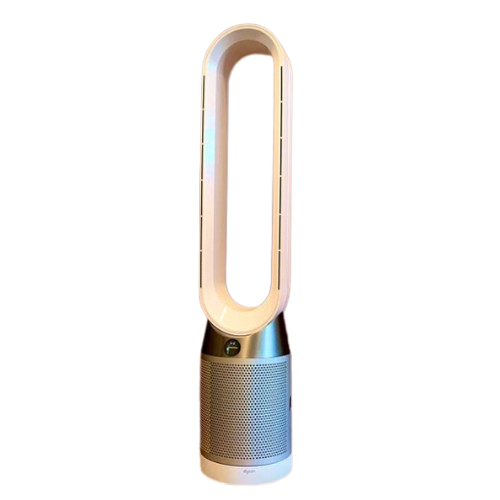
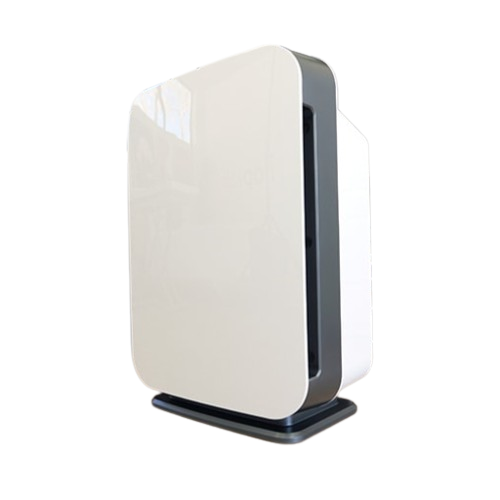
6. Best for Wildfire Smoke: Alen BreatheSmart 75i
- Room Size: Up to 1,300 sq. ft.
- Filters: True HEPA and carbon
- Features: Air quality sensor, custom panels
- Noise: 25–49 decibels
- Price: ~$600
- Why It’s Great: Removes smoke fast. Strong for big rooms. Looks nice.
Air Purifier Comparison Chart
| Air Purifier | Room Size | Filters | Smart Features | Noise (dB) | Price |
|---|---|---|---|---|---|
| Blueair Blue Pure 311i Max | 3,873 sq. ft. | HEPASilent, Carbon | App, Voice | 23–50 | $250 |
| Coway Airmega 400 | 1,560 sq. ft. | Dual HEPA, Carbon | Sensors | 22–52 | $500 |
| Levoit Core 300S | 1,095 sq. ft. | True HEPA, Carbon | App, Alexa | 22–48 | $150 |
| Rabbit Air A3 | 1,070 sq. ft. | BioGS HEPA, Carbon | Mood Lighting | 20–50 | $750 |
| Oransi TrueCarbon 200C | 400 sq. ft. | True HEPA, Carbon | None | 20–45 | $300 |
| Alen BreatheSmart 75i | 1,300 sq. ft. | True HEPA, Carbon | Sensors | 25–49 | $600 |
| Dyson Pure Cool TP04 | 800 sq. ft. | HEPA, Carbon | App, Fan | 25–50 | $550 |
Air Purifier Price and Categories
Air purifiers come in different price ranges. Here’s how they fit your budget:
Budget-Friendly ($100–$200)
- Models like the Levoit Core 300S.
- Great for small rooms or apartments.
- Suitable for basic allergy and dust control.
Mid-Range ($200–$500)
- Models like Blueair Blue Pure 311i Max and Oransi TrueCarbon 200C.
- Works for medium to large rooms.
- Include innovative features and strong filters.
Premium ($500+)
- Models like Coway Airmega 400, Rabbit Air A3, Alen BreatheSmart 75i, and Dyson Pure Cool TP04.
- Best for big spaces, allergies, or smoke.
- Offer top features like app control and design.
Benefits of Using an Air Purifier
Air purifiers make your life better. Here’s how:
Health Improvements
- Fewer sneezes and less itchy eyes from allergies.
- Easier breathing for people living with asthma.
- Fewer germs to keep you healthy.
Better Home Environment
- Removes pet smells and cooking odors.
- Clears smoke from wildfires or cigarettes.
- Keeps air fresh in city homes.
Sleep and Focus
- Cleaner air helps you sleep better.
- Clearer air boosts your thinking and energy.
Best Air Purifiers by Specific Use Case
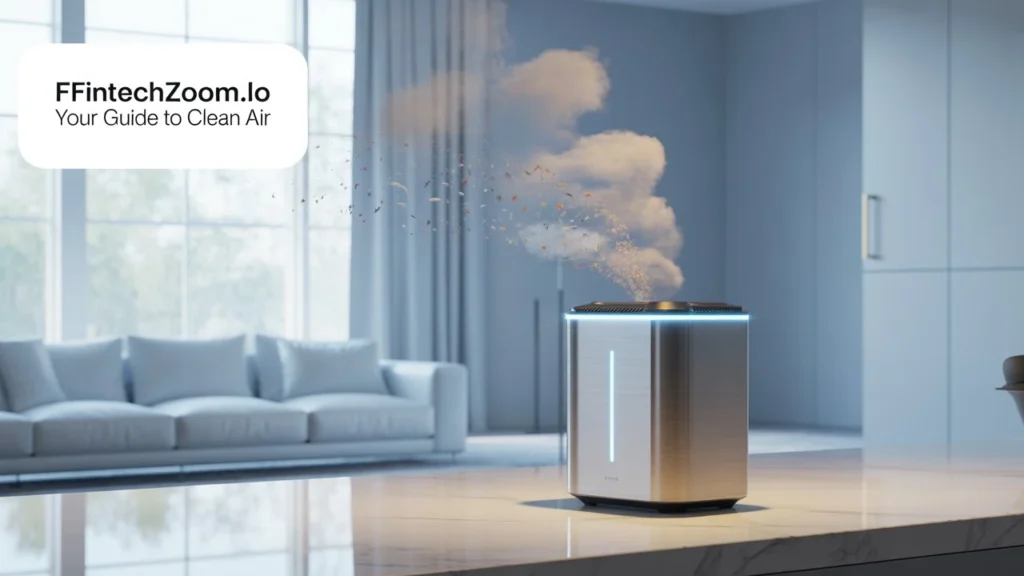
Different people need different purifiers. Here’s what to pick:
For Allergies and Asthma
- Rabbit Air A3: Traps tiny pollen and dust. Great for sensitive lungs.
- Blueair Blue Pure 311i Max: Fast cleaning with HEPA.
For Pet Owners
- Oransi TrueCarbon 200C: Clears pet smells and dander.
- Coway Airmega 400: Handles pet hair in big rooms.
For Smoke and Pollution
- Alen BreatheSmart 75i: Removes wildfire smoke and city fumes.
- Blueair Blue Pure 311i Max: Strong for smoky air.
For Nurseries and Kids
- Dyson Pure Cool TP04: Quiet and safe for babies.
- Levoit Core 300S: Small and silent for kids’ rooms.
For Smart Homes
- Blueair Blue Pure 311i Max: Works with apps and Alexa.
- Dyson Pure Cool TP04: Connects to your phone.
Tips to Get the Most from Your Air Purifier
Make your purifier work better with these tips:
Place It Right
- Put it in an open spot, not near walls or furniture.
- Use it where you spend the most time, like your bedroom.
Run It Often
- Keep it on low or auto mode all day.
- This keeps the air clean, especially in allergy season.
Clean Your Home
- Vacuum floors to reduce dust.
- Close windows to keep pollen out.
Maintenance Checklist
Keep your purifier in top shape:
- Check the filter light every month.
- Wash the pre-filter every 2–4 weeks if washable.
- Replace the HEPA filter every 6–12 months.
- Wipe the purifier’s outside weekly.
- Clean air sensors every 3 months.
Common Air Purifier Myths
Some ideas about air purifiers aren’t true. Let’s clear them up:
Myth 1: They Clean Everything
- Truth: They catch most particles, but not 100%. HEPA filters miss some gases.
Myth 2: Only Sick People Need Them
- Truth: Everyone benefits. Clean air helps sleep and energy for all.
Myth 3: Cheap Purifiers Don’t Work
- Truth: Budget models like Levoit Core 300S are great for small rooms.
Myth 4: They’re Too Loud
- Truth: Many, like Rabbit Air A3, are quiet on low settings.
Conclusion
A good air purifier makes your home healthier and fresher. The FintechZoom.com best air purifier for 2025 is the Blueair Blue Pure 311i Max for its speed and innovative features. On a budget? Try the Levoit Core 300S. Need allergy relief? Go for the Rabbit Air A3. Pick what fits your home and needs.
FintechZoom.com helps you find the best tech for a better life. Check out our other guides for more health and home tips!
FAQs
1. What is the FintechZoom.com best air purifier?
It’s a top-rated air purifier picked by FintechZoom.com based on tests and user reviews. Examples include Blueair Blue Pure 311i Max and Levoit Core 300S.
2. How often should I change my air purifier’s filter?
HEPA filters last 6–12 months. Carbon filters may need changing every 3–6 months. Check your purifier’s manual.
3. Can air purifiers help with COVID-19?
HEPA filters catch some virus particles. They don’t replace masks or ventilation, but add extra safety.
4. Are air purifiers safe to run all day?
Yes, most are made for 24/7 use. Choose a quiet model like the Levoit Core 300S for nighttime.
5. What’s the best air purifier for small apartments?
Levoit Core 300S is perfect. It’s small, quiet, and cleans up to 1,095 sq. ft.
6. Do air purifiers stop wildfire smoke?
Yes, models like the Alen BreatheSmart 75i clear smoke particles fast. Look for high CADR for smoke.
7. Can air purifiers remove pet odors?
Yes, purifiers with carbon filters, like Oransi TrueCarbon 200C, eliminate pet odors.
8. Are expensive air purifiers better?
Sometimes. Premium models like Rabbit Air A3 have better filters, but budget ones like Levoit work well for small spaces.
9. How do I know my air purifier is working?
Check air quality sensors or notice less dust and fewer allergy symptoms.
10. Can I use an air purifier in a nursery?
Yes, Dyson Pure Cool TP04 is safe and quiet for babies’ rooms.
11. What CADR should I look for?
Match CADR to your room size. A 300 sq. ft. room needs a CADR of at least 200 for dust, pollen, and smoke.
12. Do air purifiers use much electricity?
Energy Star models, like Coway Airmega 400, use less power. Running costs are usually $10–$50 a year.






